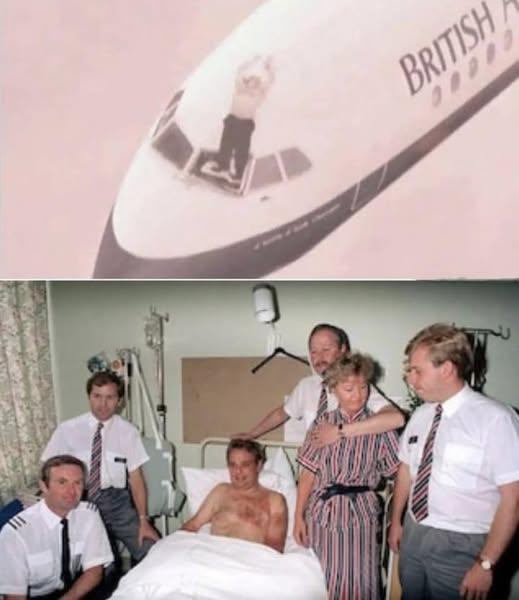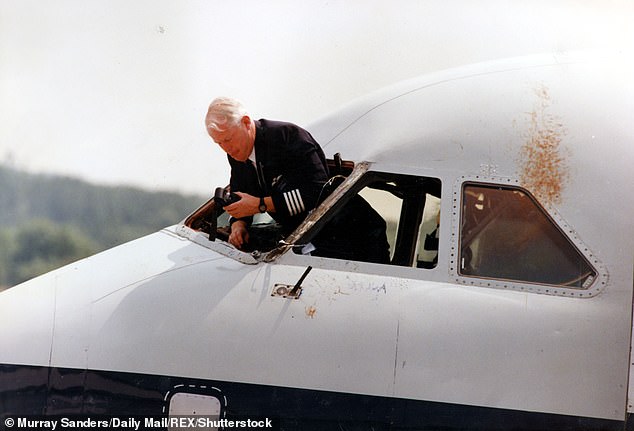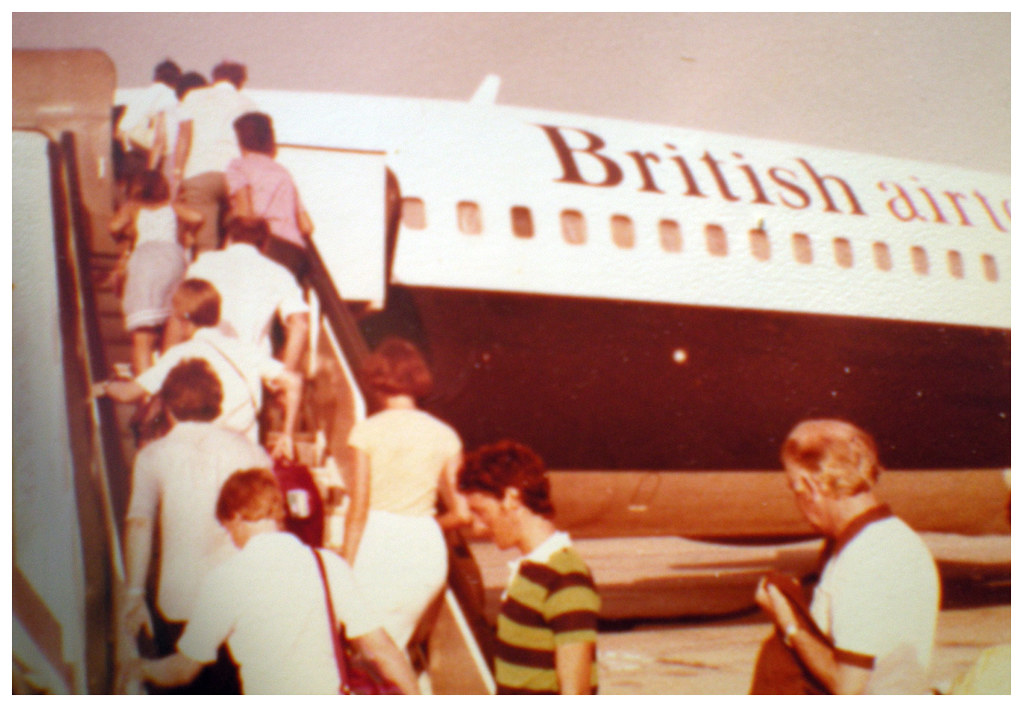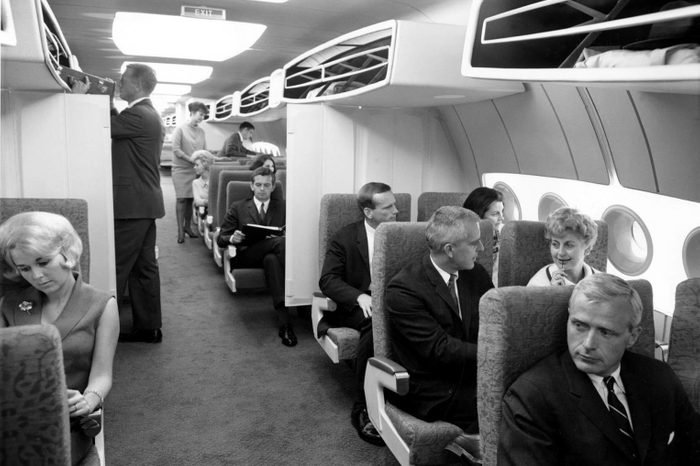The Day a Pilot Was Sucked Out of a Plane and Survived

The Day a Pilot Was Sucked Out of a Plane and Survived
On June 10, 1990, passengers aboard British Airways Flight 5390 lived through one of the most extraordinary aviation incidents in history.
Shortly after takeoff from Birmingham, en route to Málaga, a panel of the cockpit windscreen suddenly blew out at 17,000 feet. The decompression was instant and violent. Captain Tim Lancaster was sucked halfway out of the aircraft, his upper body exposed to the freezing, hurricane-force winds outside.
Only his legs remained inside the cockpit. In a split second, flight attendants rushed forward, grabbing onto his belt and legs with all their strength. For the next 20 minutes, they refused to let go, even as the aircraft shook and the roar of air made communication nearly impossible.
Meanwhile, First Officer Alastair Atchison took command. Despite the chaos, he maintained remarkable calm, guiding the BAC One-Eleven jet toward Southampton Airport. With precision and focus, he brought the plane down safely, saving everyone on board.
Against all odds, Captain Lancaster survived. He suffered frostbite, fractures, and shock, but incredibly, he returned to flying just months later.
The cause of the accident was traced to a simple but devastating oversight. The night before, 84 bolts had been replaced during maintenance. Each was just slightly too small, leading to the catastrophic failure of the windshield panel.
Today, the incident is studied worldwide as a textbook example of the critical importance of precision in aviation maintenance—and of the unbreakable will of a crew determined not to lose their captain.
A true story of survival, teamwork, and calm under pressure, Flight 5390 remains one of aviation’s most astonishing rescues.











